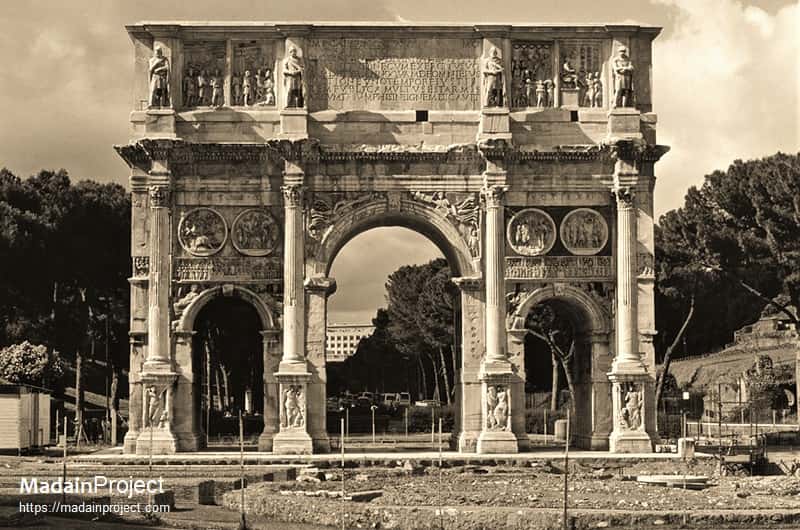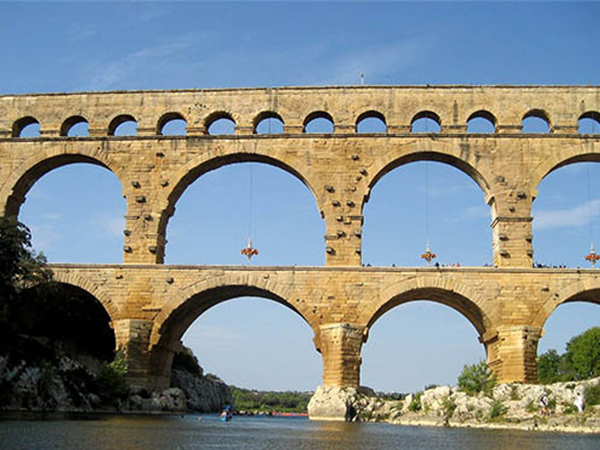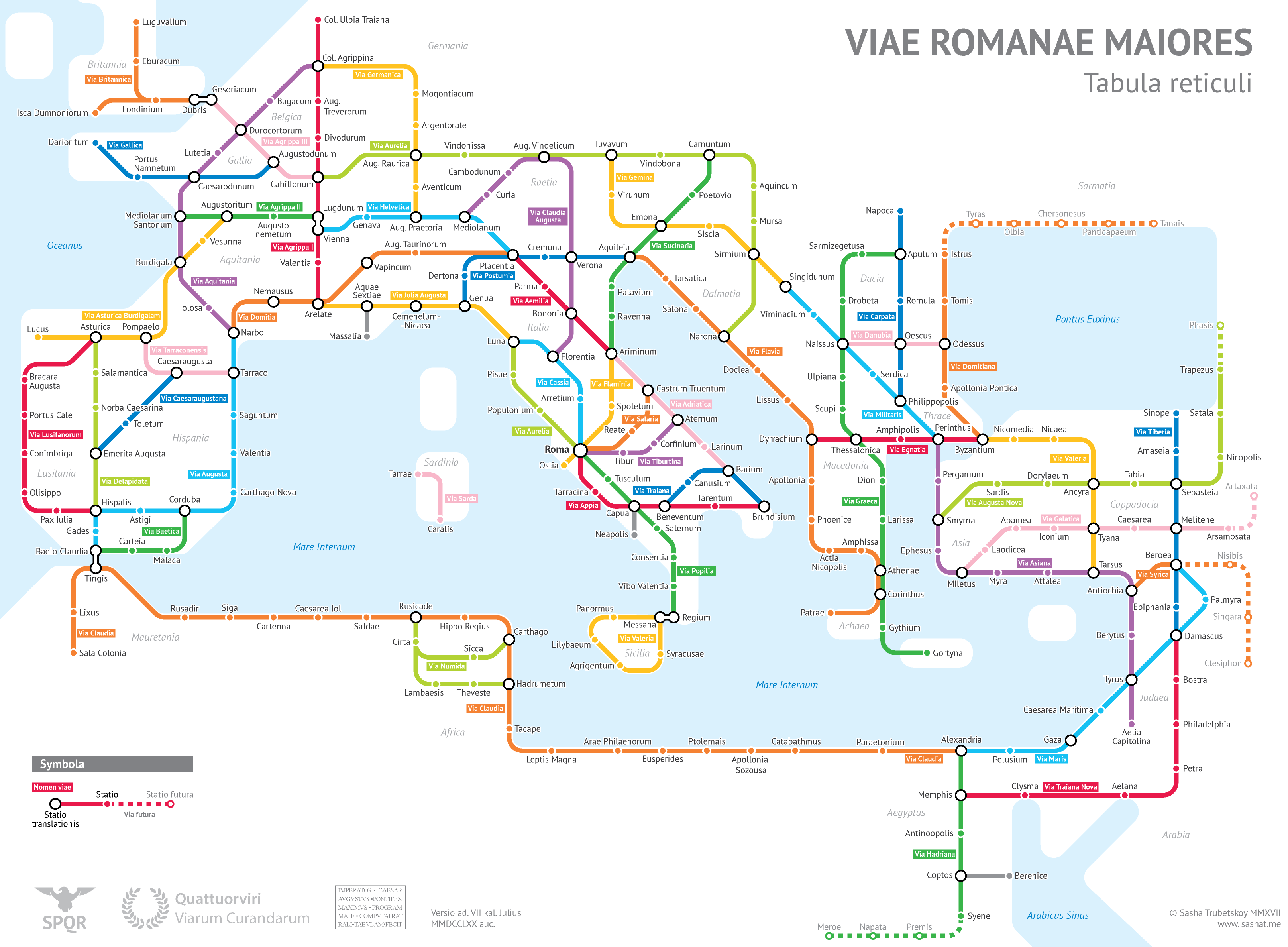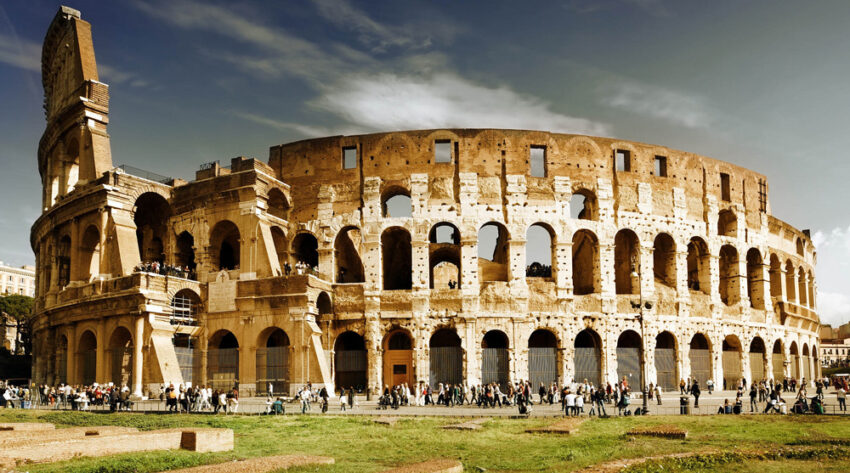The legacy of ancient Rome extends far beyond its political influence and cultural contributions. One of the most enduring aspects of Roman civilization is its remarkable architectural and engineering feats.
Roman structures, renowned for their durability and longevity, were designed to withstand the test of time.
This article delves into the fascinating world of Roman architecture, exploring the engineering principles, construction techniques, and materials that allowed these structures to endure for over two millennia.
I. The Roman Architectural Legacy
Roman architecture has left an indelible mark on the world. The Romans took great pride in their ability to design and construct structures that were not only functional but also aesthetically pleasing.

Their architectural legacy encompasses a wide range of buildings, including temples, basilicas, aqueducts, amphitheaters, and roads, each reflecting their mastery of construction techniques.
II. Engineering Excellence: The Foundation of Roman Structures
Roman engineering was characterized by meticulous planning and precision. Engineers of the time were highly skilled in mathematics and physics, allowing them to create structures that defied the limitations of their era.
Their understanding of structural mechanics was remarkable, enabling them to distribute weight effectively and ensure stability.
III. Building Materials: The Cornerstones of Durability
The choice of materials played a pivotal role in ensuring the longevity of Roman structures. Romans employed a variety of materials, including concrete, stone, and brick, each selected for its unique properties and suitability for specific projects.
The careful selection of materials contributed significantly to the endurance of their constructions.
IV. Concrete: The Roman Innovation
One of the most significant contributions of the Romans to construction was the development of concrete, known as “opus caementicium.”
Unlike earlier civilizations that used rudimentary mortar, Roman concrete was a groundbreaking innovation.
It consisted of a precise mixture of volcanic ash, lime, and water, creating a durable and versatile building material.
This concrete not only had remarkable strength but also could set underwater, making it ideal for structures like bridges and harbors.
V. The Arches and Vaults: Masterpieces of Engineering
Roman arches and vaults were integral to their architectural marvels. These structural elements not only provided strength and stability but also added a touch of elegance to their designs.
The iconic Roman arches, characterized by their semi-circular shape, evenly distributed the weight of structures, allowing for larger and more durable constructions.
Vaults, such as the barrel vault and groin vault, were used to create vast and open interior spaces, adding grandeur to structures like basilicas and baths.

VI. Aqueducts: The Lifelines of Ancient Cities
Roman aqueducts stand as a testament to the engineering prowess of the era. These magnificent water transportation systems not only supplied cities with fresh water but also showcased the Romans’ ability to harness gravity in their favor.
The impressive Pont du Gard aqueduct in France, with its towering arches, is a prime example of Roman aqueduct engineering, still standing tall after more than two millennia.
VII. Amphitheaters: Entertainment in Stone
The grandeur of Roman amphitheaters, epitomized by the Colosseum in Rome, remains unparalleled. These arenas were not only architectural marvels but also centers of entertainment and spectacle.
The Colosseum, with its advanced seating arrangements and retractable awnings, could accommodate up to 80,000 spectators.
Its elliptical shape and tiered seating ensured that every viewer had a clear view of the events, showcasing the Romans’ understanding of crowd management and architecture.
VIII. Roads: The Roman Network
The extensive Roman road network, often referred to as “Viae,” was a testament to the meticulous planning and engineering skills of the Romans. These roads facilitated trade, communication, and military movement throughout the empire.
They were constructed with meticulous precision, featuring multiple layers of materials, including crushed stone and gravel, ensuring longevity.
The most famous of these roads, the Appian Way, originally built in 312 BC, still exists in parts today.

IX. Preservation Through the Ages
The durability of Roman structures is evident in their endurance through the ages. Despite centuries of neglect, natural disasters, and the plundering of materials for other construction projects, many Roman buildings and monuments have survived in varying states of preservation.
The Pantheon in Rome, built in 125 AD, still boasts the world’s largest unreinforced concrete dome. Its longevity can be attributed to the quality of Roman concrete and the meticulous engineering of its dome.
X. Iconic Examples: Roman Structures that Defy Time
Examining specific examples of Roman structures sheds light on the engineering genius and innovative design principles that continue to inspire architects today.
The Pantheon, with its massive dome, oculus, and perfectly proportioned interior, is a masterpiece of Roman architecture that remains a symbol of architectural excellence.
The Pont du Gard aqueduct, with its three tiers of arches, stands as a testament to the Romans’ ability to engineer vast structures in challenging terrains.
The Appian Way, with its enduring roadbed and lined monuments, offers a glimpse into the Roman commitment to infrastructure.
XI. Legacy and Influence
The enduring legacy of Roman architecture can be seen in the architecture of subsequent civilizations. The Byzantines, for instance, adopted and adapted many Roman architectural elements, including the use of domes in their churches.
During the Renaissance, architects like Brunelleschi drew inspiration from Roman engineering principles, leading to the construction of the Florence Cathedral’s iconic dome.
Even in modern times, architects continue to incorporate Roman architectural elements into their designs, demonstrating the timeless appeal of Roman construction.
XII. Challenges in Preservation and Restoration
Preserving and restoring Roman structures pose unique challenges. Modern conservationists and archaeologists must balance the need to protect these treasures with the desire to understand and learn from them.
Techniques such as laser scanning, 3D modeling, and non-invasive archaeological investigations are now employed to ensure the longevity of these ancient wonders while preserving their historical and cultural significance.
XIII. Modern Engineering’s Debt to Rome
The principles of Roman engineering continue to shape contemporary construction practices. Engineers and architects today still look to Roman innovations as they strive to create buildings that are not just functional but also built to last.
Roman concrete, for example, has inspired the development of modern high-performance concrete used in infrastructure projects worldwide.
The arch, vault, and dome, originally Roman inventions, are fundamental elements in many iconic modern buildings.
XIV. Lessons for the Future
The enduring nature of Roman structures serves as a valuable lesson for modern societies facing the challenges of sustainability and longevity in construction. The Romans’ emphasis on quality and innovation provides a blueprint for sustainable architecture.
By adopting similar principles of careful material selection, meticulous engineering, and long-term planning, modern builders can create structures that endure for generations while minimizing their environmental footprint.
